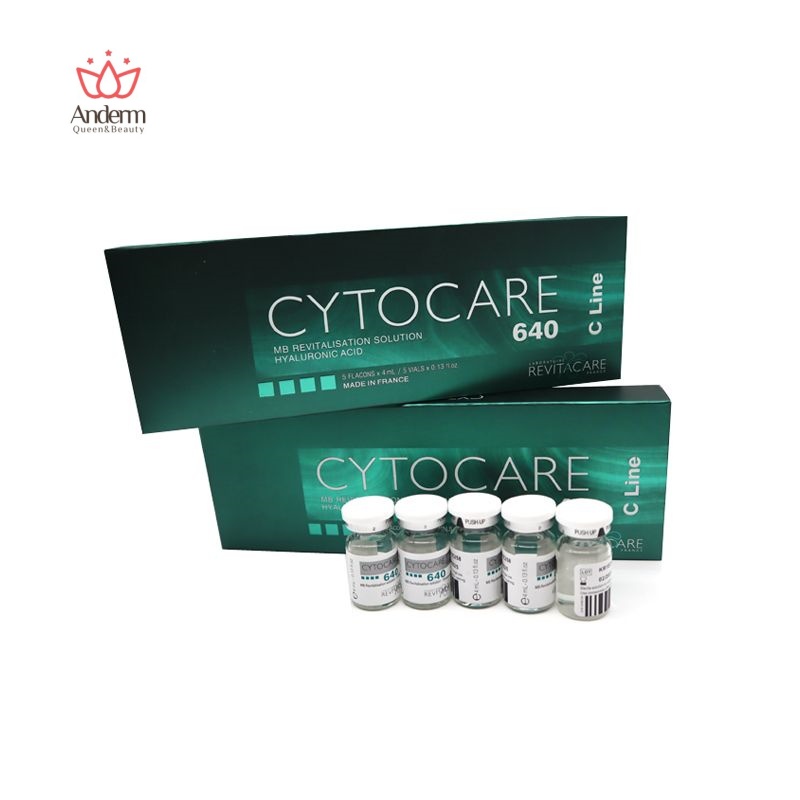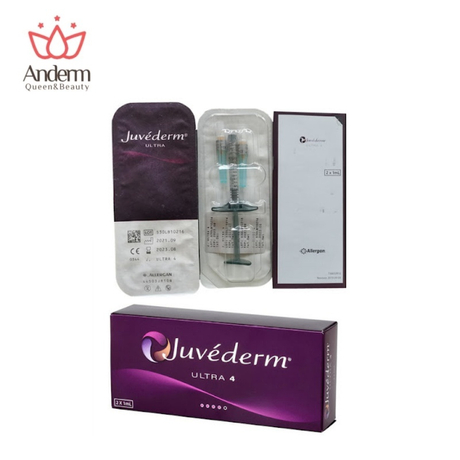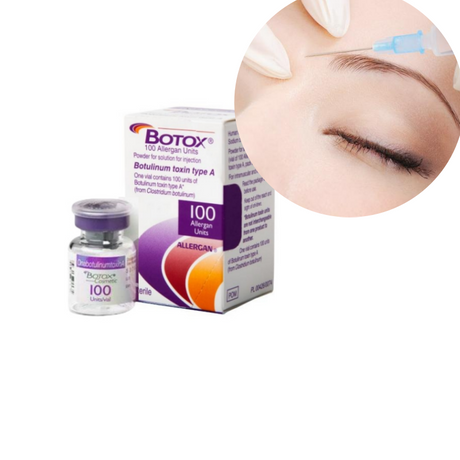
The use of Hyaluronic Acid Dermal Filler has become increasingly popular in the field of cosmetic dermatology. These fillers are used to enhance facial features, reduce wrinkles, and provide a youthful appearance. As the demand for these products grows, so does the variety of options available on the market. Choosing the right hyaluronic acid dermal filler can be a daunting task, given the multitude of factors to consider, including the desired outcome, the specific area of treatment, and potential side effects. This article aims to provide a comprehensive guide to selecting the most suitable hyaluronic acid dermal filler for individual needs.
Understanding Hyaluronic Acid Dermal Fillers
Hyaluronic acid is a naturally occurring substance in the body, known for its ability to retain moisture and provide volume. In dermal fillers, hyaluronic acid is used to plump up the skin, smooth out wrinkles, and add volume to areas such as the lips and cheeks. The efficacy of these fillers is largely dependent on the cross-linking of the hyaluronic acid molecules, which determines the longevity and stability of the filler.
There are two main types of hyaluronic acid dermal fillers: monophasic and biphasic. Monophasic fillers consist of a uniform gel, which provides a smooth and natural look. Biphasic fillers, on the other hand, contain particles of hyaluronic acid suspended in a gel, offering more volume and structure. The choice between these types depends on the desired outcome and the specific area being treated.
Choosing the Right Hyaluronic Acid Dermal Filler
Factors to Consider
When selecting a hyaluronic acid dermal filler, several factors must be taken into account. These include the area of treatment, the desired duration of results, and the potential for side effects. For instance, a filler used for lip augmentation may differ from one used for reducing nasolabial folds. Additionally, the longevity of the filler is an important consideration, as some fillers may last longer than others, reducing the need for frequent touch-ups.
Another critical factor is the Hyaluronic Acid Dermal Filler manufacturer. Reputable manufacturers adhere to strict quality control standards, ensuring the safety and efficacy of their products. It is advisable to research the manufacturer and read reviews from other users before making a decision.
Cost Considerations
The hyaluronic acid dermal filler cost can vary significantly depending on the brand, the amount needed, and the area of treatment. While it may be tempting to opt for a cheaper option, it is essential to prioritize quality and safety over cost. In some cases, a more expensive filler may offer better results and longer-lasting effects, ultimately providing better value for money.
Application Areas and Techniques
Common Treatment Areas
Hyaluronic acid dermal fillers are versatile and can be used in various areas of the face. Common treatment areas include the lips, cheeks, nasolabial folds, and under the eyes. Each area requires a specific technique and type of filler to achieve the best results.
For instance, hyaluronic acid dermal filler under eyes is used to address dark circles and hollowness, providing a more refreshed and youthful appearance. The delicate nature of the under-eye area requires a soft and smooth filler to avoid lumpiness and ensure a natural look.
Injection Techniques
The technique used for injecting hyaluronic acid dermal fillers is crucial in achieving optimal results. There are various techniques, including linear threading, serial puncture, and fanning. The choice of technique depends on the area being treated and the desired outcome.
Linear threading involves injecting the filler along the length of the wrinkle or fold, providing a smooth and even distribution. Serial puncture involves multiple small injections, which can be effective for areas requiring more volume. Fanning involves injecting the filler in a fan-like pattern, ideal for areas needing broader coverage.
Potential Side Effects and Safety Considerations
While hyaluronic acid dermal fillers are generally considered safe, there are potential side effects to be aware of. Common side effects include swelling, redness, and bruising at the injection site. These are usually temporary and resolve within a few days.
More serious side effects, although rare, can occur. These include allergic reactions, infection, and vascular complications. It is essential to choose a qualified and experienced practitioner to minimize the risk of complications. Discussing potential hyaluronic acid dermal filler side effects with a healthcare professional before undergoing treatment is crucial.
Market Trends and Future Directions
The hyaluronic acid dermal filler market is continually evolving, with new products and technologies emerging. Recent trends include the development of fillers with longer-lasting effects and those that stimulate collagen production for more natural and sustained results.
Additionally, there is a growing interest in personalized treatments, where fillers are tailored to the individual's specific needs and facial anatomy. This approach aims to enhance natural beauty and provide more subtle and harmonious results.
Conclusion
Choosing the Right Hyaluronic Acid Dermal Filler requires careful consideration of various factors, including the area of treatment, desired results, and potential side effects. By understanding the different types of fillers and their applications, individuals can make informed decisions and achieve the best possible outcomes. As the market continues to evolve, staying informed about new developments and consulting with experienced professionals will ensure safe and effective use of hyaluronic acid dermal fillers.






























